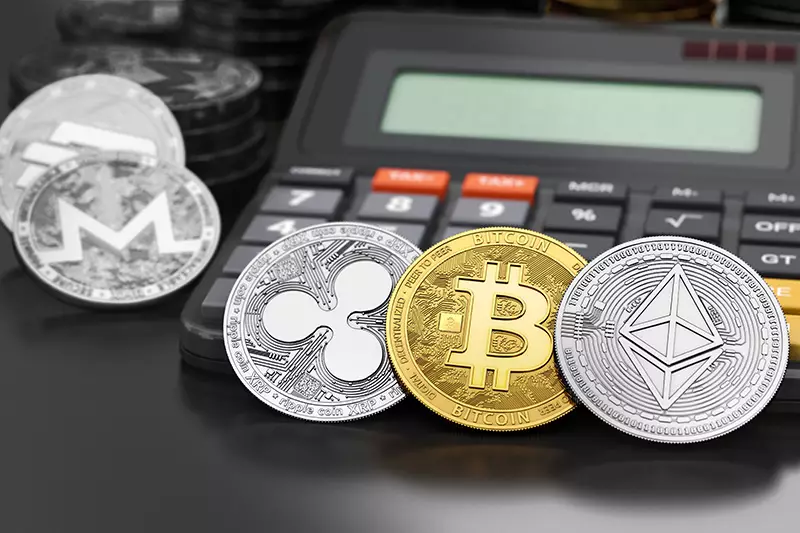In the ever-evolving landscape of cryptocurrency, the discussion surrounding various coins, particularly those categorized as altcoins and meme coins, has intensified. Renowned analyst Mike McGlone of Bloomberg Intelligence posits that among the astonishing 2.4 million “so-called cryptocurrencies,” a significant number fall under the umbrella of Dogecoin and other lesser-known altcoins. Distinctly positioning them as “Bitcoin wannabes,” McGlone draws a stark comparison to the late ’90s dot-com bubble, suggesting that these assets might ultimately meet a similar fate. His commentary alerts the crypto community to approach these investments with skepticism, hinting that future investors may regard these assets as little more than fleeting trends rather than lasting innovations.
The Dogecoin Phenomenon
Dogecoin, a coin initially birthed as a joke, currently boasts a market capitalization of around $68 billion. McGlone critically highlights that such cryptocurrencies are classified as “unlimited supply cryptos.” This aspect raises crucial questions about their long-term viability when juxtaposed with Bitcoin, which has a capped supply of 21 million coins—over 19 million of which have already been mined. The implications of this unlimited availability suggest that coins like Dogecoin lack the scarcity that often drives value in traditional investments such as precious metals.
In contrast, Bitcoin’s finite supply places it within a unique category, potentially solidifying its positioning as a digital store of value, much like gold or silver. The narrative around Dogecoin reflects the broader speculation that surrounds many altcoins. This trend emphasizes the need for caution as the market continues to play out its volatile dance.
Adding depth to discussions about cryptocurrencies, Robert Kiyosaki, the famed author of “Rich Dad Poor Dad,” has introduced riveting predictions regarding Bitcoin’s price trajectory. Forecasting a rise to at least $175,000 by 2025, Kiyosaki also speculates the possibility of surging to double that figure, signaling immense potential for seasoned investors. His insights underscore an essential point: the perception of Bitcoin transcends mere currency—it is viewed as a hedge against economic instability and currency devaluation.
Kiyosaki’s frequent critiques of traditional monetary policy underscore the growing sentiment against fiat currencies, which he derogatorily terms “fake money.” In promoting investments in “real assets” like Bitcoin, silver, and gold, his perspective aligns with the broader movement toward sustainable investing and wealth preservation.
Currently, Bitcoin appears to be on an upswing, recently bouncing back above the $101,000 mark after overcoming significant market fluctuations. The persistent volatility of cryptocurrencies necessitates diligence from investors, urging them to remain informed and cautious. The narrative around this digital asset class continues to evolve, setting the stage for future discourse on the intersection of investment strategy, technological innovation, and economic theory.
As we navigate this tumultuous terrain, McGlone’s analysis, coupled with Kiyosaki’s optimistic outlook, invites stakeholders in the cryptocurrency market to critically assess their positions. Whether cryptocurrencies solidify their status in our financial systems or fall into the annals of speculative folly remains to be seen, but the dialogue surrounding them is undeniably rich and vital.


Leave a Reply